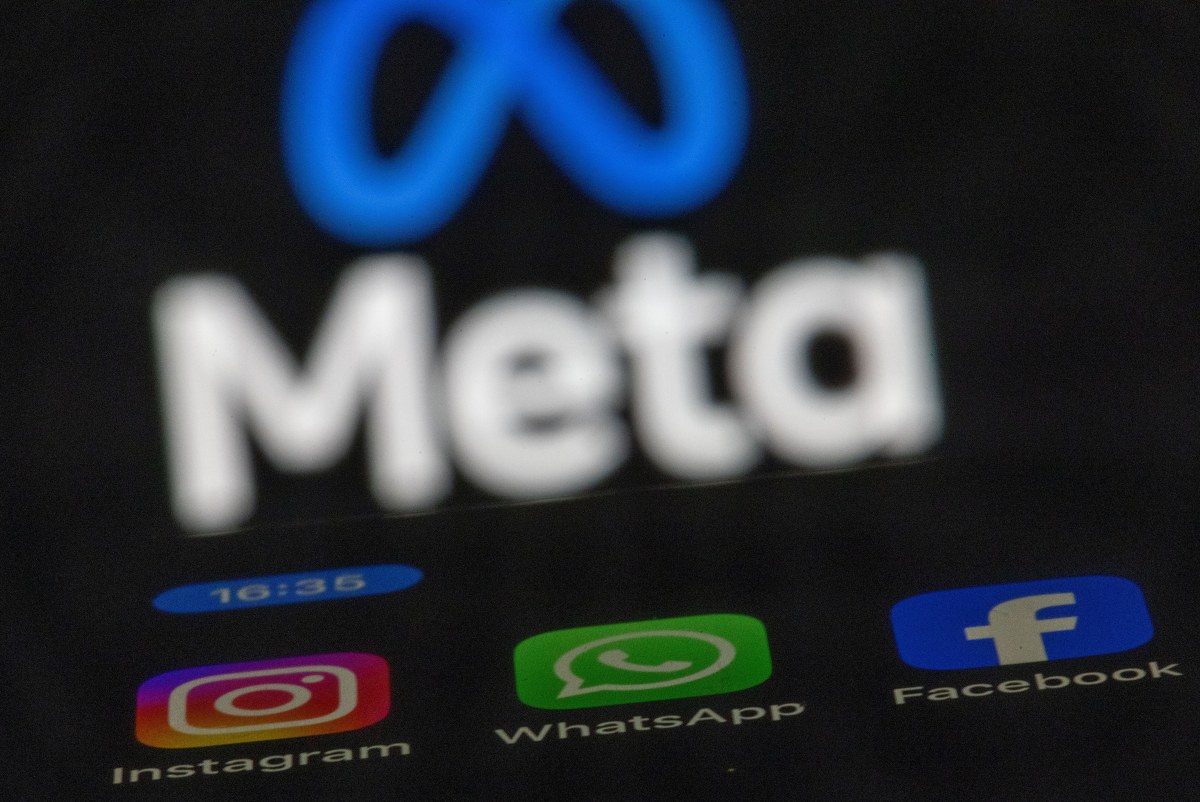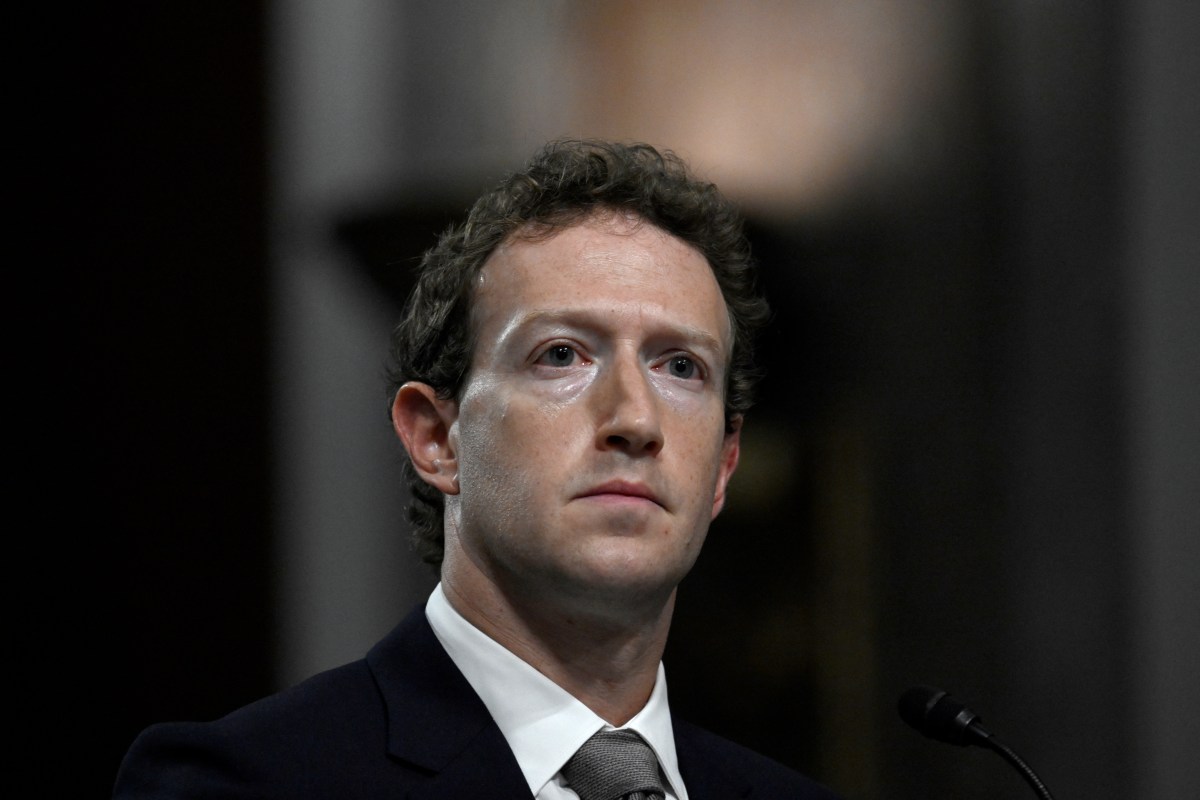Blue Diamond Web Services
Your Best Hosting Service Provider!
April 19, 2025
Read what Mark Zuckerberg and Facebook execs said about Instagram before buying it
The first week of the Meta antitrust trial brought new revelations about how the company formerly known as Facebook approached the competitive threat posed by Instagram in the early 2010s.
The U.S. government is accusing Meta of violating competition laws by acquiring companies like Instagram and WhatsApp that threatened the Facebook monopoly. If lawyers for the U.S. Federal Trade Commission (FTC) are successful, the government could force Meta to break up its business by selling off Instagram and WhatsApp.
As part of the trial, the FTC shared compelling evidence to demonstrate that Facebook was very much aware of the risk Instagram created for its business as the photo-sharing app grew in popularity. In documents containing Facebook’s internal emails, Facebook execs fret over Instagram’s growth and discuss how much to pay for the app, if Facebook were to acquire it.
The company execs also discuss other strategies for limiting Instagram’s growth, including copying its functionality and releasing an app of their own, or buying the app and then no longer adding new features to it while working on its own products.
Facebook’s strategy to either buy or bury its competition is on display in these conversations, according to the government’s arguments. In addition to showing how the company was thinking about its competition at the time, the messages are indicative of the cutthroat strategies that have allowed Meta to become the social networking behemoth it is today.
Some of the highlights from these messages are below.
Mark Zuckerberg and others worry about Instagram’s rapid growth
- “Instagram seems like it’s growing quickly. In 4 months they’re up to 2m users and 30k daily photo uploads. That’s a lot. We need to track this closely. Also, apparently Dropbox’s next big push is going to be in photo sharing.” — Mark Zuckerberg, February 2011
- “If Instagram continues to kick ass on mobile, or if Google buys them, then over the next few years they could easily add pieces of their service that copy what we’re doing now, and if they have a growing number of people’s photos then that’s a real issue for us. They’re growing extremely quickly right now. It seems like they double every couple of months or so, and their base is already ~5-10m users. As soon as we launch a compelling product a lot of people will use ours more and future Instagram users will find no reason to use them. But at the current rate, literally every couple of months that we waste translates to a double in their growth and a harder position for us to work our way out of.” — Mark Zuckerberg, September 2011
- “The photos team is now focused almost exclusively on a new mobile photo app as we gawk at Instagram’s simple photo-sharing app taking off (and even our own app sees fat growth … mobile uploads increased to 17.7M day, +5.3 w/w). Like Beluga, watching these guys explode validates our strategy of de-cluttering our mobile experience and offering standalone messaging and photos products outside from the monolithic app garden.” — Chris Cox, chief product officer, February 2011
- “One concerning trend is that a huge number of people are using Instagram every day — including everyone ranging from non-technical high school friends to even FB employees — and they’re only uploading some of their photos to FB. This creates a huge hole for us and one that I’m sure anything we’re going to do on platform or with social dynamics will completely solve.” — Mark Zuckerberg, February 2012
Facebook considers an Instagram acquisition, stopping its development and growth
- “I wonder if we should consider buying Instagram, even if it costs ~500M. Right now they seem to have two things that we don’t: a really good camera and a photo-centric sharing network.” — Mark Zuckerberg, February 2012
- “I think it’s quite possible that our initial thesis was wrong and theirs is right — that what people want is more to take the best photos than to put them on FB … we might want to consider paying a lot of money for this.” — Mark Zuckerberg, February 2012
- “I actually think that there is a serious argument to be made that we should buy Path, Pinterest, Instagram, Evernote, and whomever else we really admire/are doing great things right now if (1) we can structure it in a way that we keep their products up & running but transition the teams to working on FB proper; (2) we think the people deeply care about building great things and we think we can lock them up for 4+ years to work on our platform.” — Samuel W. Lessin (former Facebook VP of Product), corresponding with Mark Zuckerberg in February 2012
- “I think what we’d do is keep their product running and just not add more features to it, and focus future development on our products, including building all of their camera features into ours. By not killing their products we prevent everyone from hating us and we make sure we don’t immediately create a hole in the market for someone else to fill, but all future development would go towards our core products.” — Mark Zuckerberg, February 2012
- “One way of looking at this is that what we’re really buying is time. Even if some new competitors springs [sic] up, buying Instagram, Path, Foursquare, etc now will give us a year or more to integrate their dynamics before anyone can get close to their scale again.” — Mark Zuckerberg, February 2012
Keep reading the article on Tech Crunch
April 17, 2025
Mark Zuckerberg says TikTok slowed Meta’s growth
In Meta’s antitrust trial on Wednesday, Meta CEO Mark Zuckerberg testified that TikTok’s success was a risk to Meta’s business, saying the short-form video app was a “top priority” and a “highly urgent” competitive threat when it arrived in 2018, according to Bloomberg and other outlets.
The reports come from a packed first week of testimony in the U.S. Federal Trade Commission’s trial against the social networking giant. If the FTC’s lawyers prevail, the trial could potentially require Meta to spin out Instagram or WhatsApp as separate companies.
Notably, Zuckerberg admitted on Wednesday that TikTok’s arrival had directly impacted Meta, saying his company had observed that its “growth slowed down dramatically” when the TikTok became popular. He also said the ByteDance-owned app has continued to be a focus of Meta’s competitive efforts for several years.
ByteDance purchased Musical.ly in 2017, and merged it with TikTok the following year. Around the same time, Meta (then known as Facebook) stopped reporting Facebook’s user numbers in its quarterly reports, shifting to a new “family of apps” metric that encompassed Instagram and WhatsApp. The change was designed to hide the fact that Meta’s flagship app was seeing slowing growth.
Zuckerberg made another interesting comment during the trial in response to a question about social media platforms’ “network effects.” He said it’s become less important for social media apps to leverage connections between friends and family to grow.
“The apps now serve primarily as discovery engines,” Zuckerberg told the court. “People can take that content to messaging engines.”
At the same time, however, Facebook is trying to return to its “OG roots” by turning once again to those network effects. The company recently released new features designed to make it easier to connect with friends, including a revamped Friends tab that highlights friend requests and activity. In January, Zuckerberg told investors that a “return to OG Facebook” was a key goal for 2025.
Keep reading the article on Tech Crunch
and this


